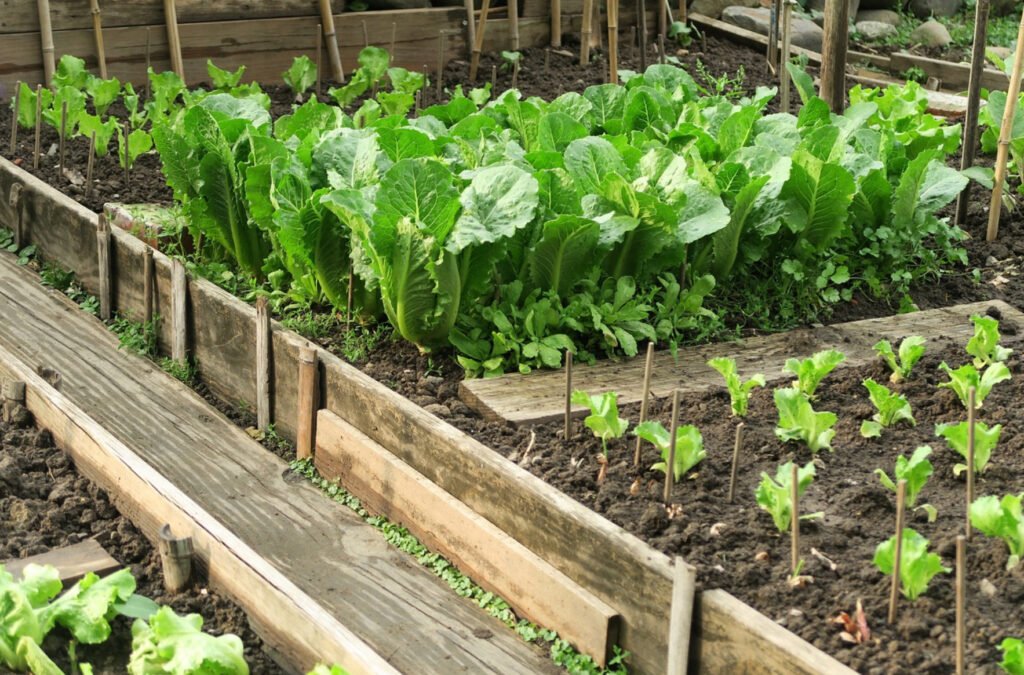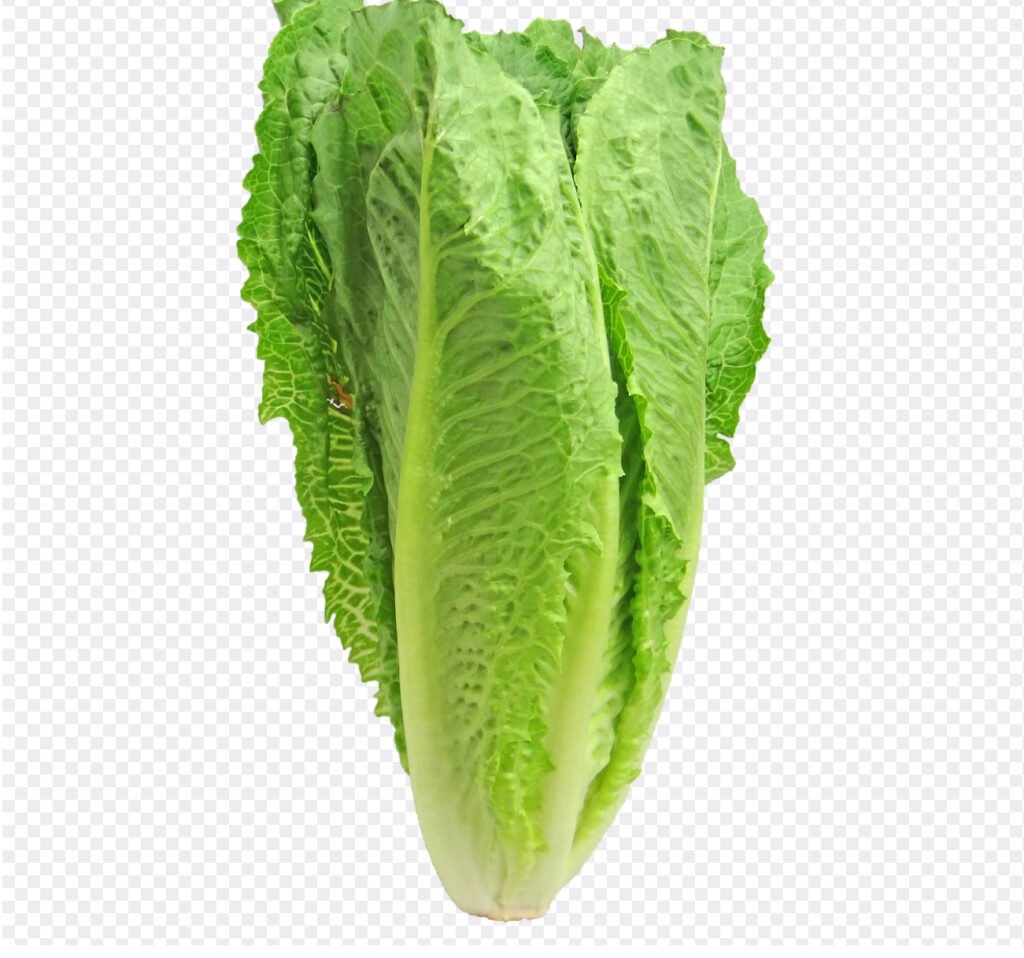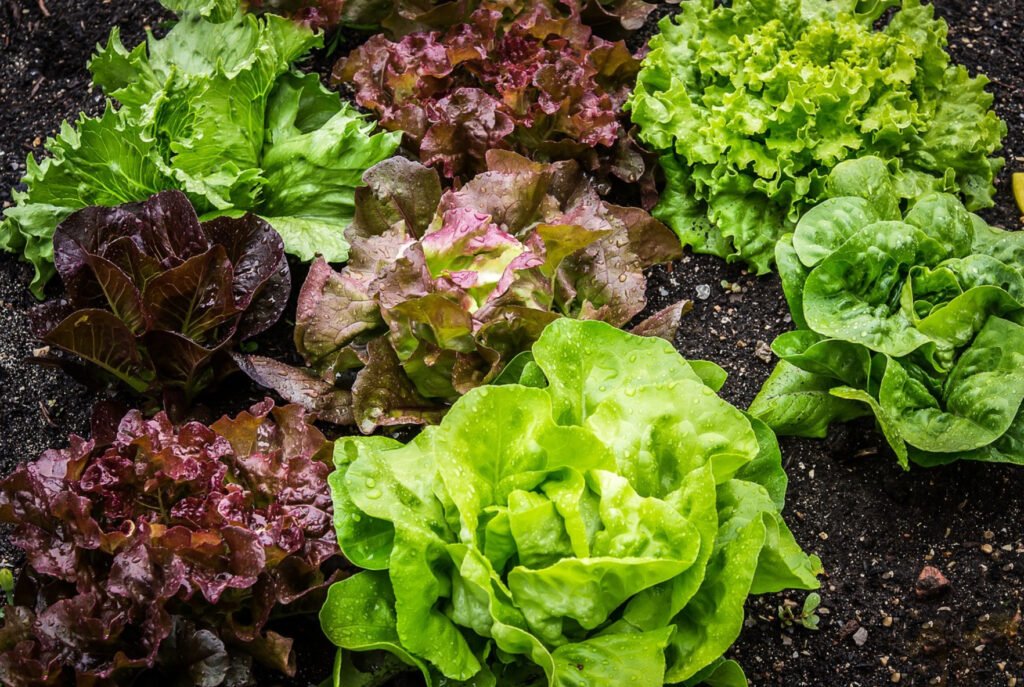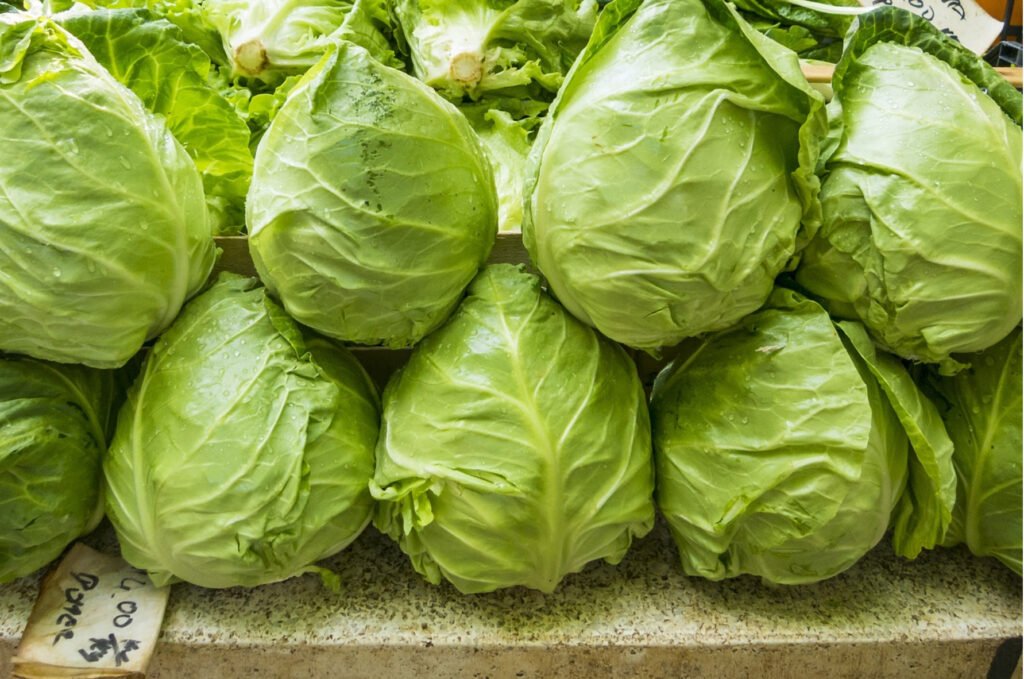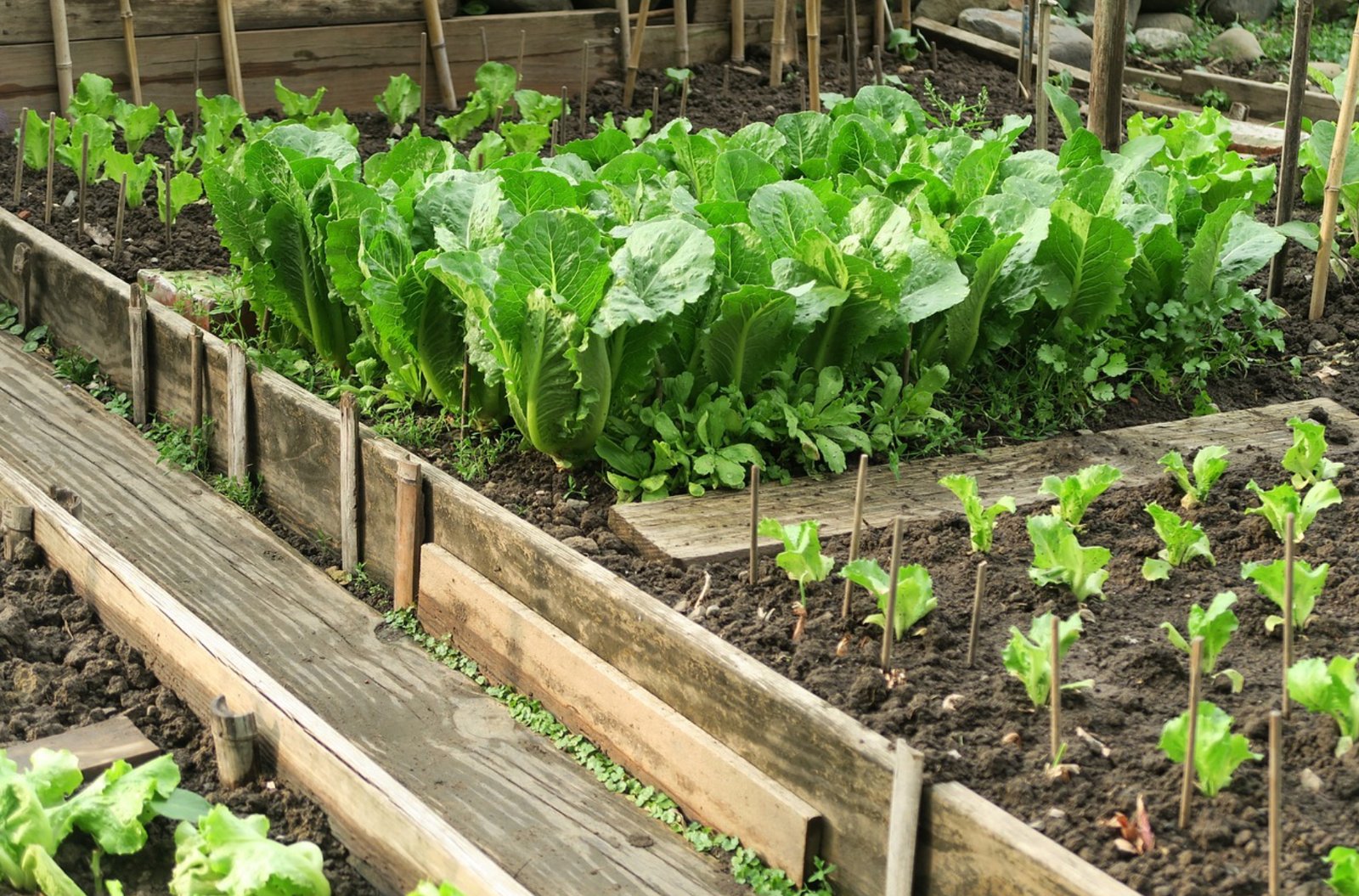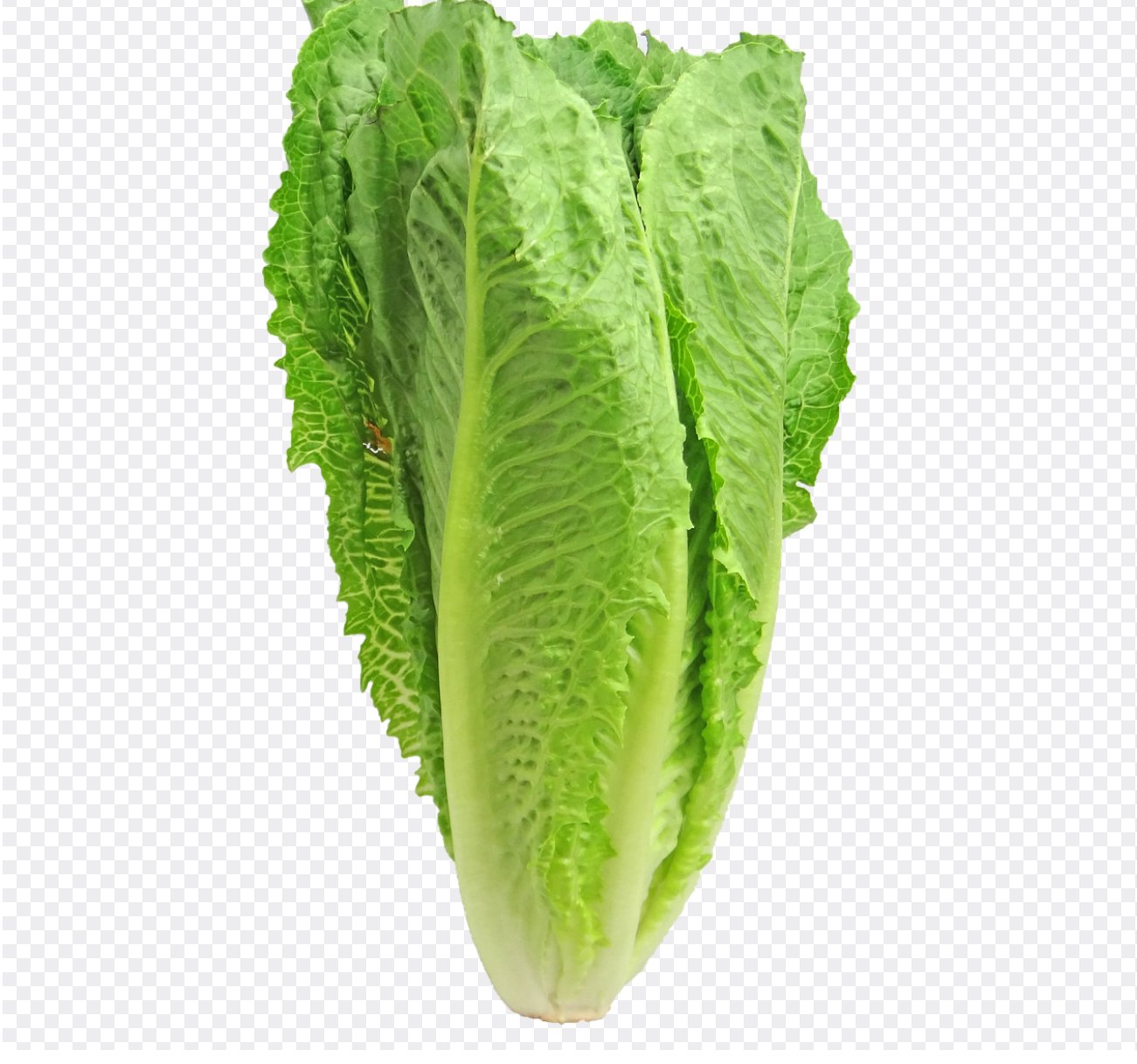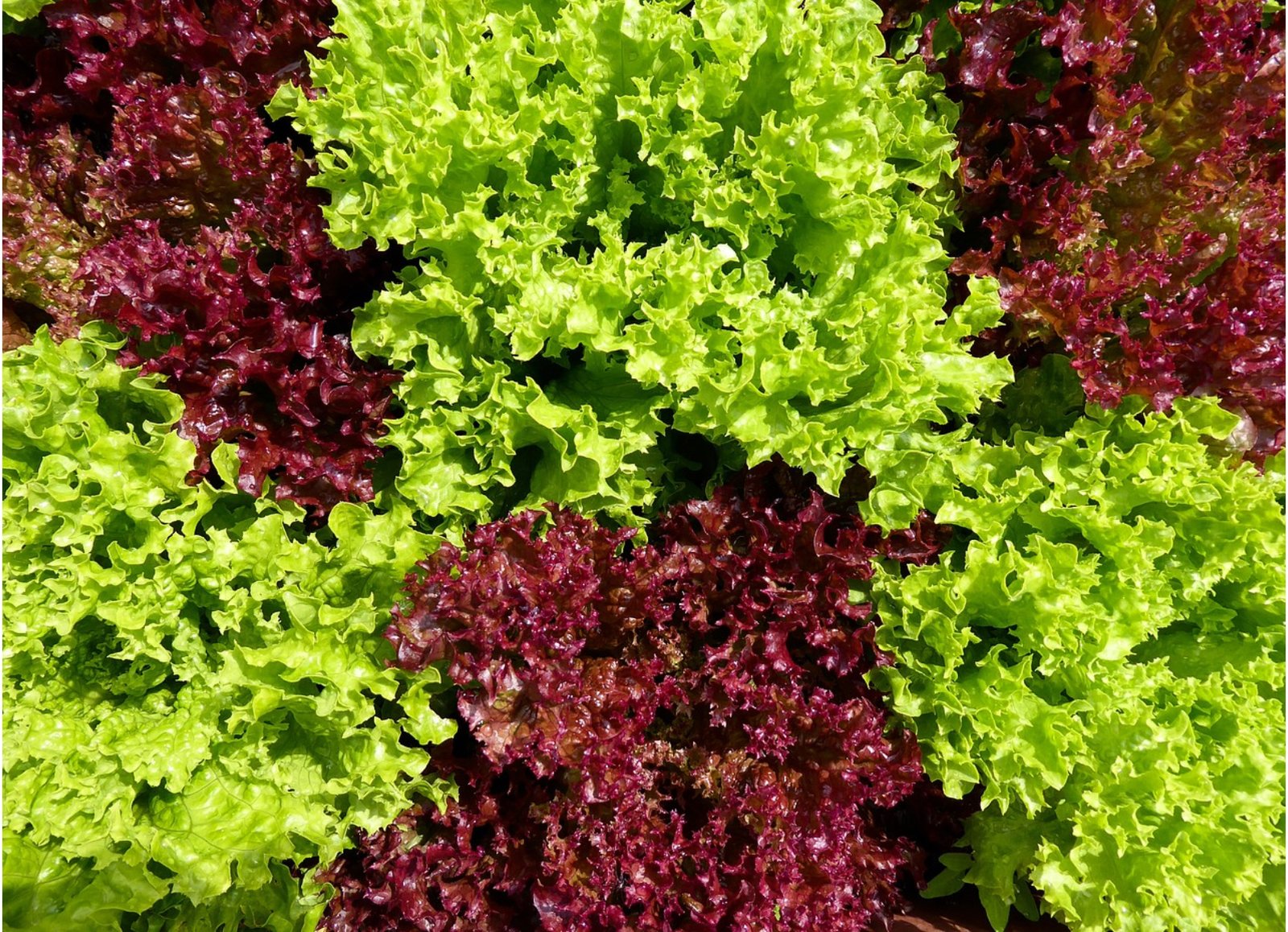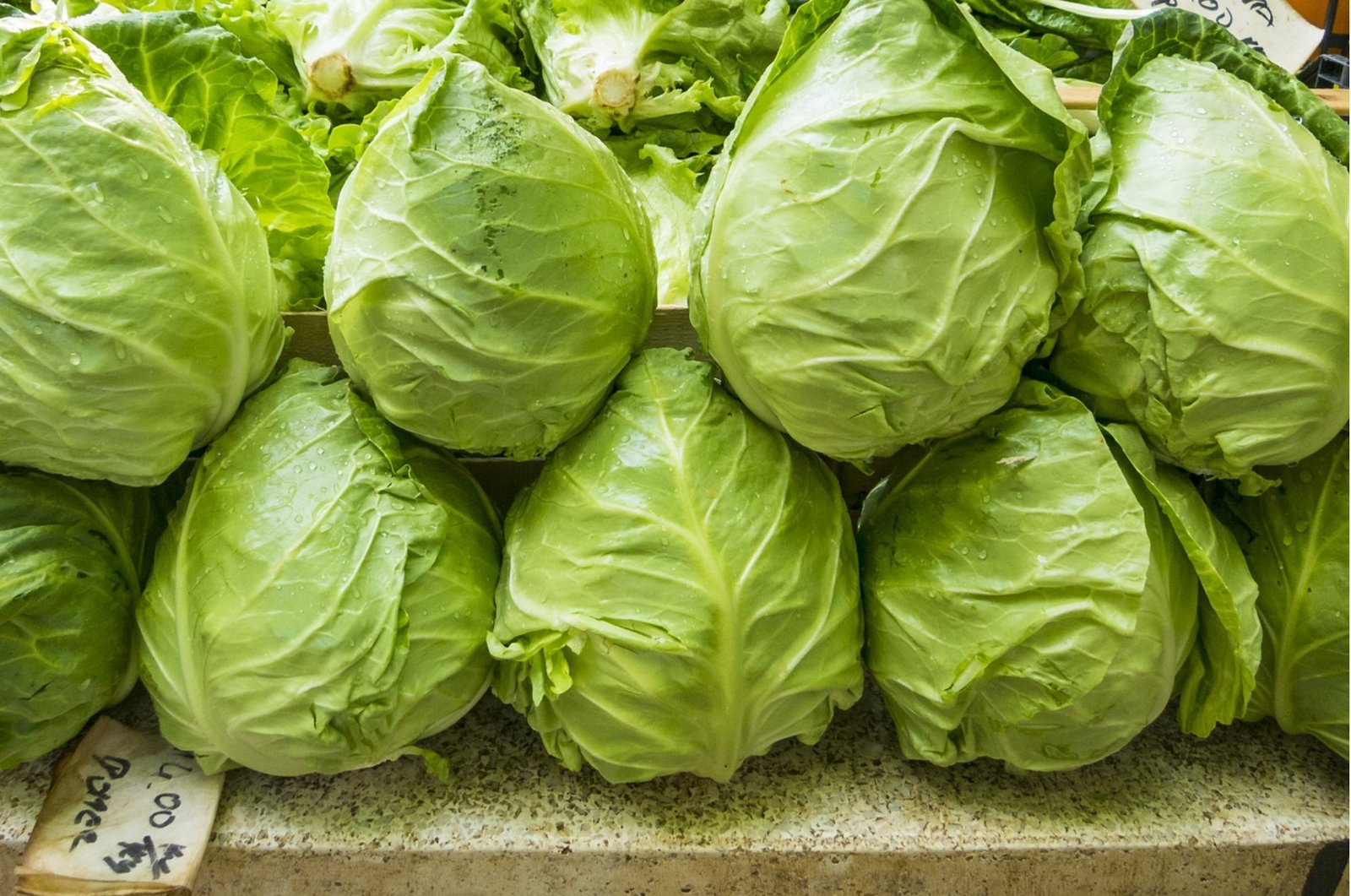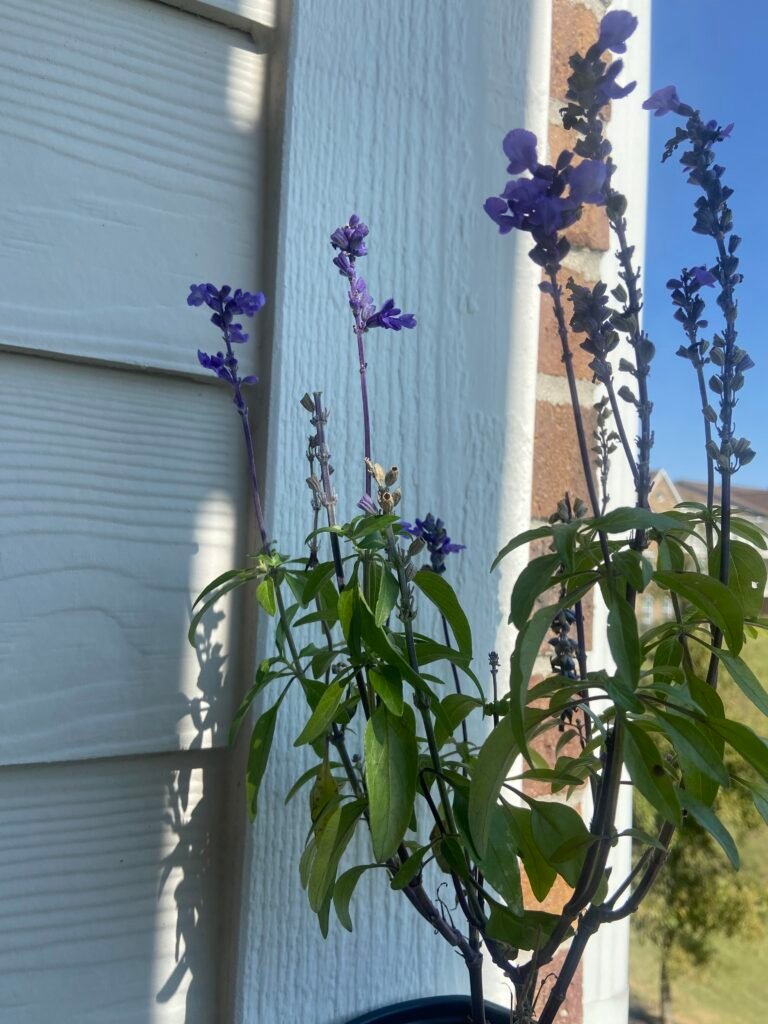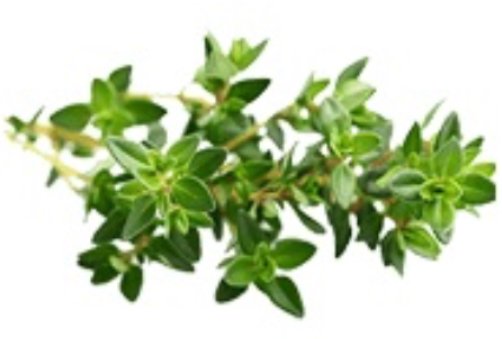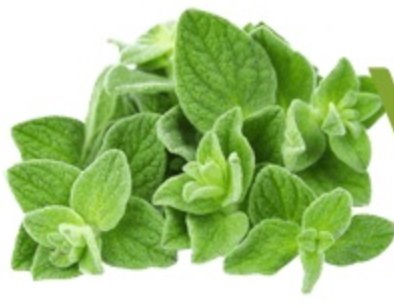When and how can we plant and care for lettuce?
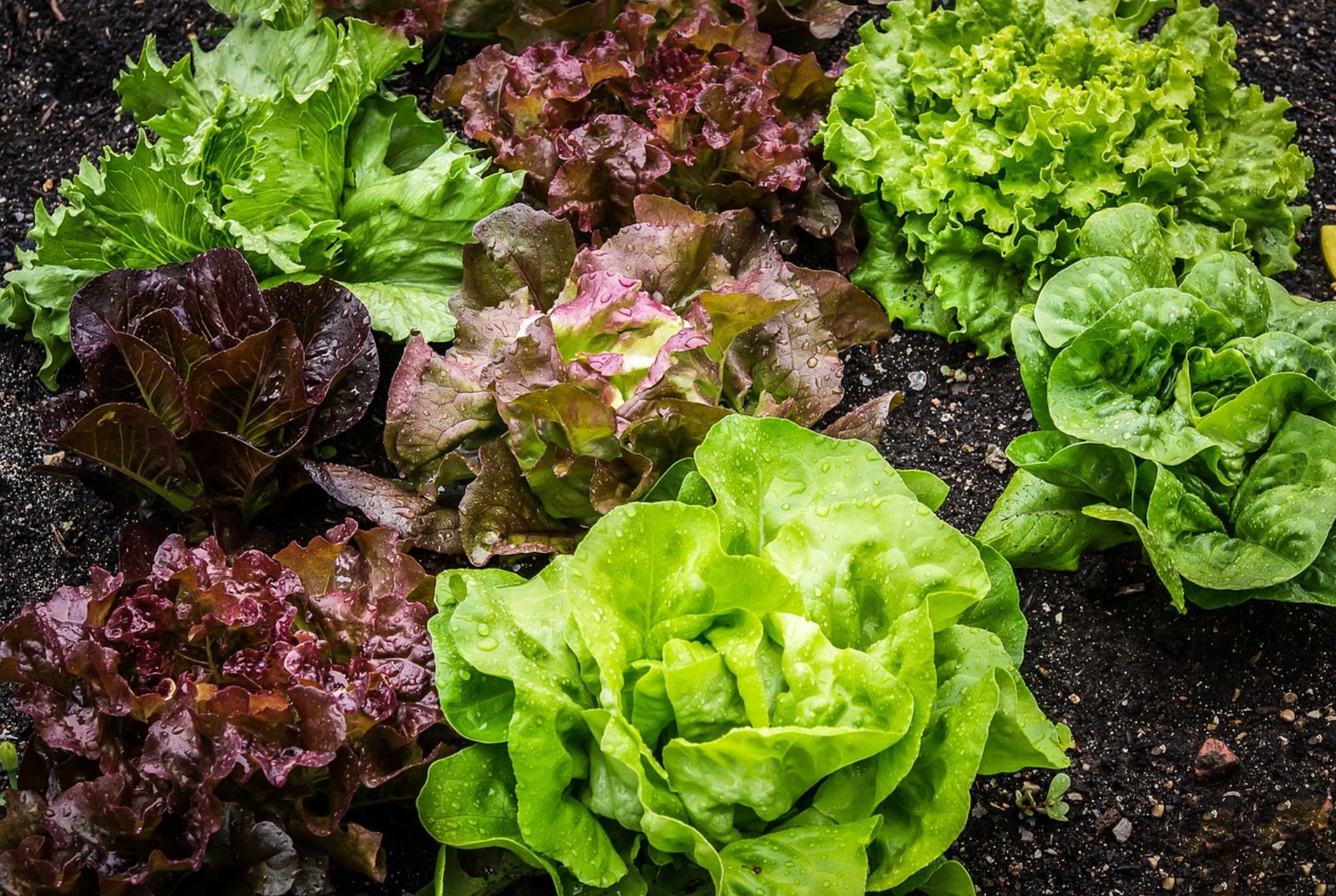

Different types of lettuce
Key Points for Planting and Caring for Lettuce
- Plant in cool weather: Lettuce grows best in cool conditions, so plant in early spring or late summer for fall crops.
- Direct sow or transplant: Lettuce can be started from seeds or transplants, but direct seeding is easy and reliable.
- Water regularly: Keep the soil evenly moist, especially during dry periods, to promote tender leaves and prevent bolting.
- Provide some shade in hot weather: In warmer climates, protect lettuce from extreme heat to extend the growing season and prevent bitterness.
- Harvest frequently: Regular harvesting encourages new leaf growth and keeps the plant productive.
Lettuce is a fast-growing, cool-season crop that’s easy to grow in both garden beds and containers. Here’s a detailed guide on when and how to plant and care for lettuce:
When to Plant Lettuce
- Indoor: Start lettuce seeds indoors 4–6 weeks before the last frost if you want to transplant them outdoors. You can also grow lettuce indoors year-round in containers or under grow lights.
- Outdoor: Plant lettuce directly outdoors in early spring, 2–4 weeks before the last expected frost. You can also plant in late summer or early fall for a fall crop. Lettuce thrives in cool weather, ideally between 60–70°F (16–21°C).
How to Plant Lettuce
Location
- Indoor: Place lettuce in a sunny location, ideally with 6–8 hours of sunlight, or use grow lights if growing indoors.
- Outdoor: Choose a garden spot that gets full sun to partial shade. In warmer climates, partial shade is preferable, especially in the afternoon, to prevent bolting (when lettuce goes to seed too early due to heat).
Soil Requirements
- Soil type: Lettuce prefers loose, well-drained, fertile soil rich in organic matter. Add compost to enrich the soil.
- pH: Lettuce grows best in soil with a slightly acidic to neutral pH between 6.0 and 7.0.
Container Planting (Indoors or Outdoors)
- Container size: Use containers at least 6–8 inches deep for growing lettuce, although deeper containers (10–12 inches) are ideal for larger varieties.
- Drainage: Ensure the container has drainage holes to prevent waterlogging.
- Soil: Use high-quality potting soil mixed with compost or an organic fertilizer.
Planting and Preparing
- Direct sowing: Lettuce is often grown from seed, as it germinates quickly. Direct sow the seeds outdoors once the soil is workable in early spring.
- Depth: Sow seeds about ¼ inch deep and cover lightly with soil.
- Spacing: Space seeds or transplants 6–12 inches apart, depending on the variety. Loose-leaf varieties can be spaced more closely while heading varieties need more room.
How to Care for Lettuce
Watering
- Consistency: Lettuce requires consistent moisture to produce tender leaves. Water deeply and regularly, keeping the soil evenly moist but not waterlogged.
- Method: Water at the base of the plants to keep the leaves dry and avoid diseases. Mulch can help retain moisture and keep the soil cool.
Sunlight
- Indoor: Provide 6–8 hours of light daily. If growing indoors, use grow lights for the same duration to supplement natural light.
- Outdoor: Lettuce grows best in full sun but can tolerate partial shade, especially in hot weather. Shade during the hottest part of the day will help prevent bolting.
Temperature
- Lettuce thrives in cool temperatures between 60–70°F (16–21°C). It can tolerate light frost but will bolt or become bitter in hot weather (above 75°F or 24°C). In warm climates, grow lettuce in fall, winter, or early spring.
Fertilizing
- Type: Lettuce is a light feeder, but it benefits from organic fertilizers or compost. Apply a balanced fertilizer once a month or use a slow-release fertilizer at planting.
- Amount: Avoid heavy fertilizing, as this can cause excessive leafy growth without flavor.
Pruning
- Thinning: Thin seedlings to avoid overcrowding, which can lead to poor air circulation and disease.
- Harvesting leaves: For leaf lettuce varieties, regularly trim outer leaves to promote continuous growth. For head lettuce, wait until the head is fully formed before harvesting the entire plant.
How to Grow Lettuce in Cold and Warm Climates
- Cold Climate:
- Lettuce tolerates light frost and can be one of the first crops planted in the spring. Use row covers or cold frames to protect plants from unexpected cold snaps.
- In late summer, plant for a fall harvest. Lettuce will keep producing until the first hard frost.
- Warm Climate:
- In hot climates, plant lettuce in the fall, winter, or early spring when temperatures are cooler.
- Provide partial shade or use shade cloth to protect lettuce from direct sun during the hottest part of the day.
- Mulch around the plants to retain moisture and keep the roots cool.
Pests and Diseases
- Common Pests: Slugs, aphids, and cutworms are common pests that affect lettuce. Use organic pest control methods, such as diatomaceous earth, insecticidal soap, or neem oil.
- Diseases: Lettuce can suffer from fungal diseases like downy mildew and damping-off. To prevent this, avoid overwatering, provide good air circulation, and plant in well-drained soil.
Harvesting Lettuce
- When to harvest: Leaf lettuce can be harvested as soon as the leaves are big enough to eat (usually 30–45 days after planting). For head lettuce, harvest when the heads are firm and fully developed (usually 60–70 days).
- Method: For leaf lettuce, cut the outer leaves, leaving the inner leaves to continue growing. For head lettuce, harvest the entire head by cutting it at the base.
- Frequency: You can harvest leaf lettuce continuously throughout the growing season by cutting individual leaves as needed.
Key Points for Planting and Caring for Lettuce
- Plant in cool weather: Lettuce grows best in cool conditions, so plant in early spring or late summer for fall crops.
- Direct sow or transplant: Lettuce can be started from seeds or transplants, but direct seeding is easy and reliable.
- Water regularly: Keep the soil evenly moist, especially during dry periods, to promote tender leaves and prevent bolting.
- Provide some shade in hot weather: In warmer climates, protect lettuce from extreme heat to extend the growing season and prevent bitterness.
- Harvest frequently: Regular harvesting encourages new leaf growth and keeps the plant productive.
What are the different kinds of lettuce?
There are several different types of lettuce, each with unique characteristics in terms of flavor, texture, and appearance. Lettuce is generally divided into a few main categories:
1. Leaf Lettuce (Loose-leaf Lettuce):
- Description: This type doesn’t form a compact head. Instead, it has loose leaves that grow upward from the stem.
- Varieties:
- Green Leaf: Has large, soft, ruffled green leaves. Mild flavor, tender texture.
- Red Leaf: Similar to green leaf, but with reddish or purplish edges. Slightly more bitter than green leaf.
- Uses: Great for salads, sandwiches, and wraps. Its soft texture makes it ideal for adding freshness to dishes.
2. Romaine Lettuce (Cos Lettuce):
- Description: Romaine forms long, sturdy heads with thick ribs and crisp leaves.
- Flavor: It has a slightly bitter, refreshing flavor.
- Uses: Commonly used in Caesar salads and wraps due to its sturdy texture and ability to hold dressings without wilting.
3. Butterhead Lettuce:
- Description: Also known as Bibb or Boston lettuce, butterhead has soft, tender leaves that form loose, round heads.
- Varieties:
- Boston Lettuce: Larger, loose heads with broader, slightly crumpled leaves.
- Bibb Lettuce: Smaller heads with more tightly folded leaves. Its leaves are soft and buttery.
- Flavor: Mild and buttery, with a smooth texture.
- Uses: Perfect for salads, or as lettuce cups for wraps.
4. Iceberg Lettuce:
- Description: Known for its crispness, Iceberg forms a compact, round head with tightly packed leaves that are pale green or almost white at the center.
- Flavor: Mild, slightly sweet, with a very crisp texture.
- Uses: Often used in burgers, salads, and sandwiches for added crunch. While not as flavorful, it provides a refreshing texture.
5. Crisphead Lettuce:
- Description: Iceberg is a variety of crisphead lettuce, but there are other types that fall under this category. Crisphead lettuce has tightly packed heads similar to cabbage, with crisp leaves.
- Flavor: Mild and slightly sweet.
- Uses: Primarily used in salads and sandwiches due to its crunchy texture.
6. Batavia Lettuce (Summer Crisp or French Crisp):
- Description: A cross between romaine and leaf lettuce, Batavia lettuce has loose heads with slightly crinkled leaves.
- Varieties: Available in both green and red forms, with a range of colors from pale green to dark reddish hues.
- Flavor: A balance between crisp and tender, with a mild taste.
- Uses: Used in salads, sandwiches, or as a garnish.
7. Stem Lettuce (Celtuce or Asparagus Lettuce):
- Description: Unlike other lettuces, stem lettuce is grown for its thick stem rather than its leaves. The stem is peeled and used in cooking.
- Flavor: The stem has a mild, slightly nutty flavor, and the leaves are often discarded.
- Uses: Popular in Asian cuisine, particularly in stir-fries or soups.
8. Oakleaf Lettuce:
- Description: Named for its lobed leaves that resemble oak leaves, this type can be green, red, or a combination of both.
- Flavor: Mild, slightly nutty flavor with tender leaves.
- Uses: Ideal for salads, as it adds a beautiful color contrast and a delicate texture.
9. Lollo Rosso Lettuce:
- Description: This variety has frilly, deeply curled leaves that are a striking red or purple color.
- Flavor: Mild, slightly bitter flavor.
- Uses: Often used in gourmet salads for its decorative appearance and texture.
Each type of lettuce brings something different to the table in terms of flavor, texture, and visual appeal. Some are better for salads, while others are great for sandwiches or wraps. The choice of lettuce depends on the dish and the desired texture and flavor.
